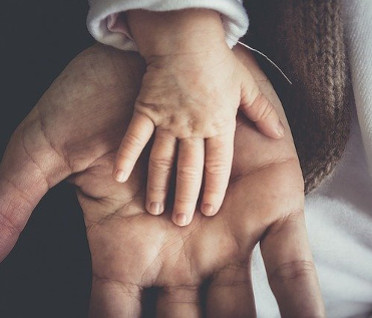

The following descriptions are indicative and are not here to validate a self-diagnosis. If you recognize yourself in these symptoms, more tests and a deeper examination of the problem and its environment are needed.
For more information and appointment scheduling, go to the Contact page.
Social anxiety is characterized by fear and excessive stress in front (or in anticipation) of specific social interactional situations (such as eating with others, going to public bathrooms, meeting new people, talk to people outside of the close relatives and friends, etc.) or more general social interactions. It leads to avoidance of these situations and little by little transforms into social phobia. It is often connected to a performance anxiety in the social domain or to a fear of others related to traumatic events. In the case of neurodiversity (AD(H)D, ASD) it can come from the difficulty to interact from a lack of social skills (how to do small talk, what to say or not to say, finding the moment when it is your turn to speak, etc.) or to differences on the topics or langage level, contributing to a lack of interest in the exchange and discussion.
It can have a social component (social anxiety), a performance component (fear of not meet academic expectations) or a combination of both. It can have real somatic symptoms of stress (getting sick before an exam, etc.), of psychological symptoms (panic attacks, depressive episodes, etc.) or both. If these symptoms happen in the first week of school and disappear or if they are related to current harassment in the school, they cannot be defined as school refusal.
Selective mutism is an anxiety disorder that stopps someone talking in specific situations or to specific people. It is not a communication or langage disorder and is not always related to ASD. It is not a 'simple shyness that will go away when growing up'. It is a bigger problem and the sign of a high level of social anxiety. People with selective mutism can be unable to ask for help in the worst situations, to express a pain or an primary need (water, food, etc.) or to refuse consent. They are easy target for harassment and other types of violence thus they are led to a progressive isolation that becomes a vicious cercle of anxiety, avoidance and trauma.
Identified for the first time in Japan by Saito Tamaki, it is a specific form of social phobia, characterized by a voluntary partial or total isolation from society (relational, professional or academic). In a first phase, the individual can leave his home and interact with people around 2 to 3 times a week. In a second phase, going outside becomes rare and does not include social interactions (or very little) but the communication is eventually maintained with people living with him/her. Finally, the last phase is an absence of direct interactions, including with the people living in the house.
For advanced or acute phases, the first sessions can be done with relatives rather than with the patient.

Specialized in Childbirth-related PTSD (CR-PTSD, patients and professionals) but also OCD, mood and anxiety disorders and depression during the perinatal period.
Learn more
hoarding disorders, burn-out ; organization and habit changes for helpers and patients with disorders altering cognitive capacities or chronic illness.
Learn moreCopyright © themefisher